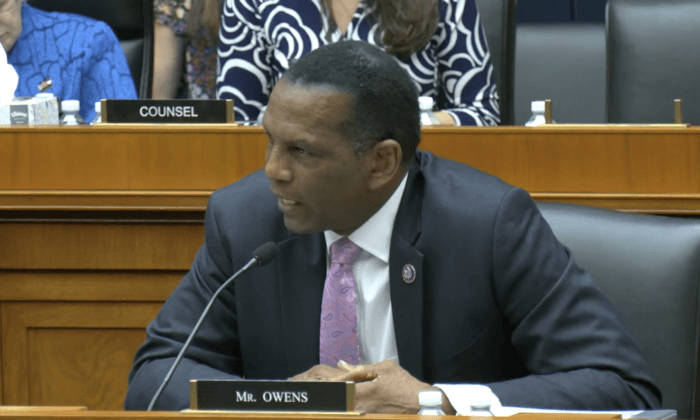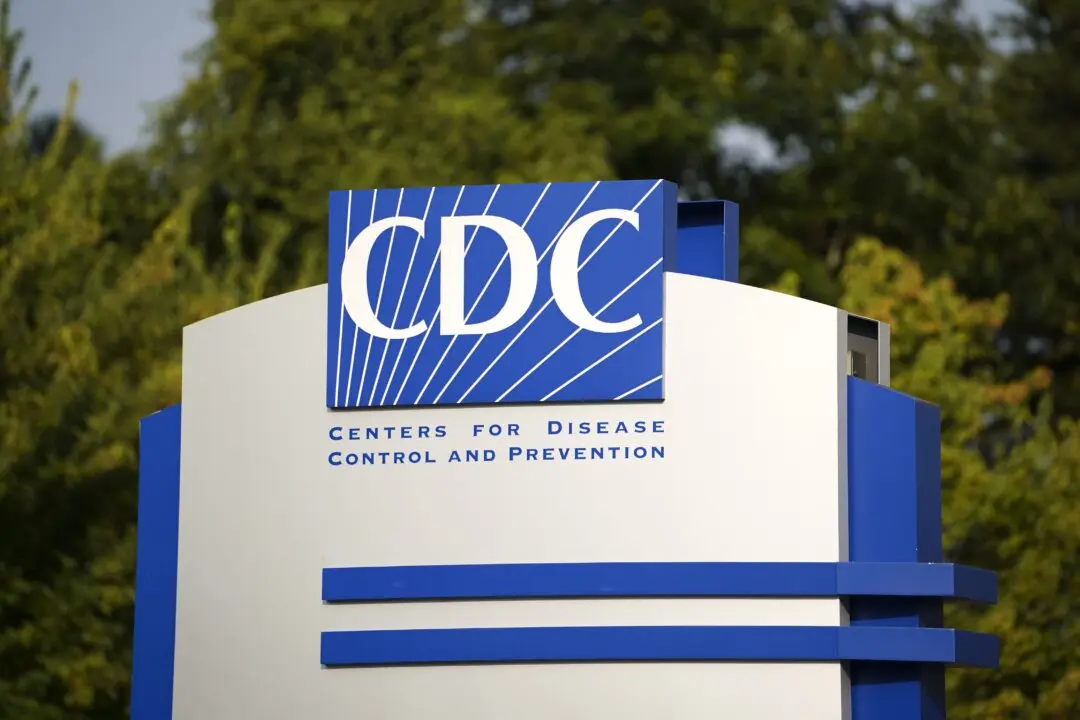President Joe Biden’s student loan forgiveness program continues to face scrutiny.
While a Supreme Court decision about Biden’s student loan forgiveness plan awaits, lawmakers were expected on May 24 to vote on a resolution to stop the program and end the pandemic-related pause on federal student loan payments.
On the morning of May 24, the House Education Committee held a hearing to examine the Biden administration’s student loan forgiveness policies.
Biden’s proposed forgiveness program promised to eliminate up to $20,000 in federal student debt to millions of borrowers. The pause on payments was instituted in March 2020 in the early stages of the COVID-19 pandemic. It is set to end later this year.

Republicans contend that the program is unlawful and transfers the debt’s cost to taxpayers who did not attend college or have paid off their student loans. The Congressional Budget Office (CBO) reported that blocking the program could decrease the federal deficit by about $320 billion.
The Supreme Court in February heard two legal challenges to Biden’s student loan forgiveness program. One was introduced by six Republican-controlled states, while the other was filed by two student loan borrowers who were not granted the full benefits of the program. The Job Creators Network, a conservative advocacy group launched by Home Depot co-founder and former CEO Bernie Marcus, is supporting the two borrowers.
According to the lawsuits, the Biden administration is abusing its power and using the COVID-19 pandemic as an avenue for fulfilling the president’s 2020 campaign pledge to cancel student debt.
In November, a Texas court authorized a nationwide block on the program. Before that ruling, the White House said it received 26 million applications to have as much as $20,000 in federal student loans waived. The White House noted that 16 million applications were approved.
Overstepping Authority
Rep. Burgess Owens (R-Utah) is chairman of the Higher Education and Workforce Development subcommittee.James Kvaal, who is the U.S. Department of Education’s Under Secretary of Education, and Richard Cordray, who is chief operating officer of the Education Department’s Office of Federal Student Aid, testified at the hearing and urged support for the student loan forgiveness program.
In his opening statement at the hearing, Owens said, “We titled the series, ‘Breaking the System,’ because that is exactly what the Biden administration is attempting to do. Mr. Cordray and Mr. Kvaal, the Department of Education has vastly overstepped its authority. You are operating under complete executive fiat. Upon my reading of the Constitution, nowhere are Congress’ legislative powers delegated to federal agencies like the Office of Federal Student Aid.”
The Education Department, Owens argued, has “submitted billions of dollars of regulations completely reshaping postsecondary education. When in the world did unelected bureaucrats at the Department of Education and so-called nonpartisan leaders at Federal Student Aid become legislators?
“The Department’s actions are not a fix,” Owens added. “Instead, they only exacerbate the long-term structural problem of college costs.”
The Congressional Budget Office recently estimated that the Biden administration’s Income-Drive Repayment (IDR) plan will “lead to a 12 percent increase in student borrowing largely due to increases in tuition,” Owens explained.
“It is the taxpayer who will ultimately foot the bill for this reckless proposal. Taken together, Biden’s student loan scam could cost taxpayers up to a trillion dollars when all is said and done, and simply put, America cannot afford it,” Owens said. “America is broken, to the tune of $32 trillion. Every borrowed dollar is inflationary, and according to the Committee for a Responsible Federal Budget, the administration’s blanket cancellation plan could increase inflationary pressures by 15 to 27 basis points.”
Kvaal said that when Biden took office, “he inherited a student loan program that had grown so large and unaffordable that it siphoned off many of the benefits of college and left some students worse off than if they had never attended college at all.”
Biden and Secretary of Education Miguel Cardona “are taking historic steps to tackle the student debt crisis and ensure that college is a vehicle for upward mobility and economic prosperity” by the proposal of up to $20,000 in one-time student debt relief, increasing Pell Grants “with the goal of doubling the maximum award by 2029,” and working to implement tuition-free community colleges among other measures, Kvaal explained.
Borrowers’ Financial Strain
“Borrowers who experience default see their credit scores drop by 50 to 90 points, which can increase the costs of services and financial products such as insurance and other forms of borrowing, and face wage garnishment and tax refund offsets,” Kvaal added.With the pandemic-driven pause in payments nearing an end, Kvaal said that the Department of Education “is committed to supporting student loan borrowers as they return to repayment.”
Cordray noted that in October 2021, the Education Department announced the limited Public Service Loan Forgiveness (PSLF) waiver for public employees to have loan forgiveness during the pandemic.
“Approximately 616,000 public servants are now approved for full forgiveness of their student loan debt, and well over a million more are seeing an increase of their payment counts as they work toward the 10 years of payments required for total forgiveness of their student loans,” Cordray said.
Under the Republican-led joint resolution issued in late March, Congress would be granted authority to roll back regulations from the executive branch without surpassing the Senate’s 60-vote threshold that is typically required for most proposed legislation.
Biden has promised to veto the resolution if it advances to his desk.
If Biden’s student loan forgiveness moves forward, individual borrowers who earned less than $125,000 in 2020 or 2021, and married couples of heads of households who made less than $250,000 annually in those years, could have up to $10,000 in federal student loan debt waived.
Qualifying borrowers who also received a Pell Grant while in college are eligible to have as much as $20,000 in debt forgiven.





